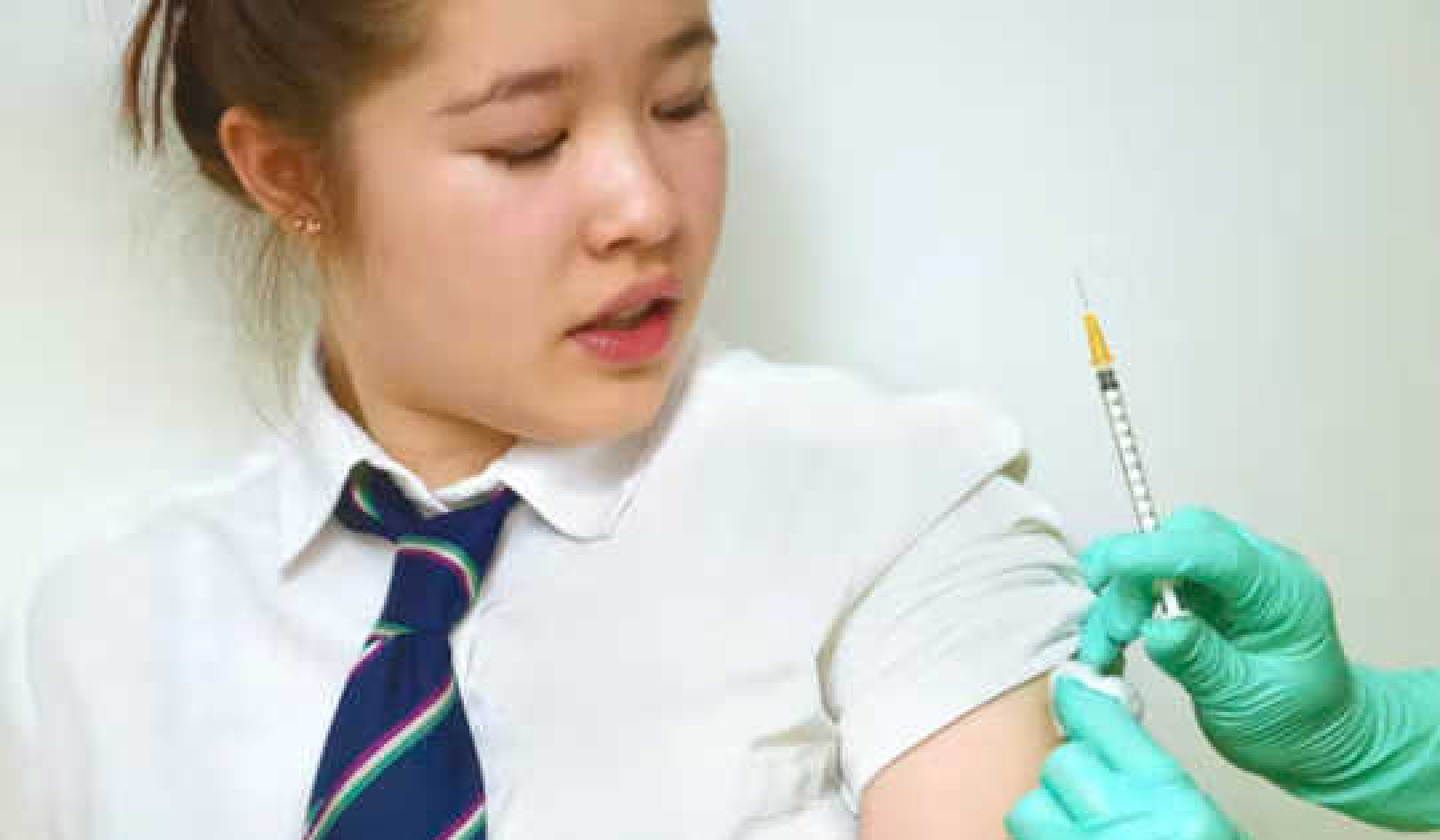Menopause Glossary
Angina
A disease marked by brief attacks of chest pain
Biopsy
Removal and examination of living cells from the body
Cardiovascular disease (CVD)
Disorders of the heart and circulatory system
ERT
Estrogen replacement therapy; the use of estrogen alone for the treatment of menopausal symptoms and the prevention of some long-term effects of menopause. (Editor's Note: Research has shown serious problems with use of estrogen replacement therapy.)
Condometrium
The tissues lining the uterus
Estrogen
One of the female sex hormones produced primarily bythe ovaries before menopause and by fat and other tissues after menopause.
HDL
High density lipoprotein cholesterol, the "good" cholesterol thought to have a cleansing effect in the bloodstream
HRT
Hormone replacement therapy; the use of estrogen combined with progestin for the treatment of menopausal symptoms and the prevention of some long-term effects of menopause. (Editor's Note: Research has shown serious problems with use of estrogen hormone replacement therapy.)
Hysterectomy
Surgical removal of the uterus
IUD
Intrauterine birth control device, which prevents implantation of an embryo into the uterus should fertilization occur
LDL
Low density lipoprotein cholesterol, the "bad"cholesterol believed to be linked to fat accumulation in the arteries
Menopause
The point when menstruation stops permanently
Oral contraceptives
Pills which usually consist of synthetic estrogen and progesterone that are taken for three weeks after the last day of a menstrual period. They inhibit ovulation, thereby preventing pregnancy.
Osteoporosis
A disease in which bones become thin, weak and are easily fractured
Perimenopause
The time around menopause, usually beginning 3 to 5 years before the final period.
Progesterone
One of the female sex hormones produced by the ovaries
Progestin
The synthetic form of progesterone
Tubal ligation
A surgical procedure in which the uterine tubes are cut and tied to prevent pregnancy
Urinary incontinence
Loss of bladder control
Reprinted from the Archives of US NATIONAL INSTITUTES OF HEALTH, National Institute on Aging




























